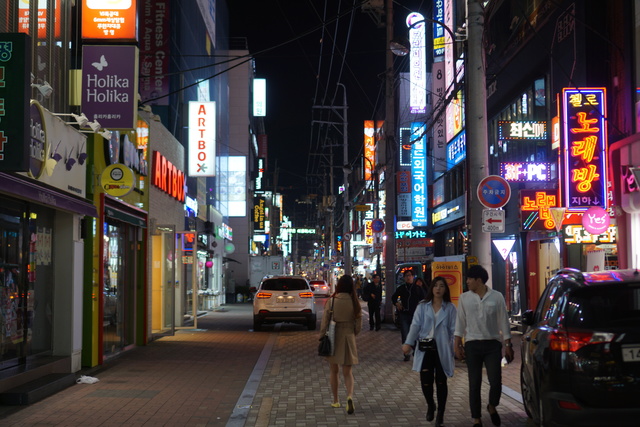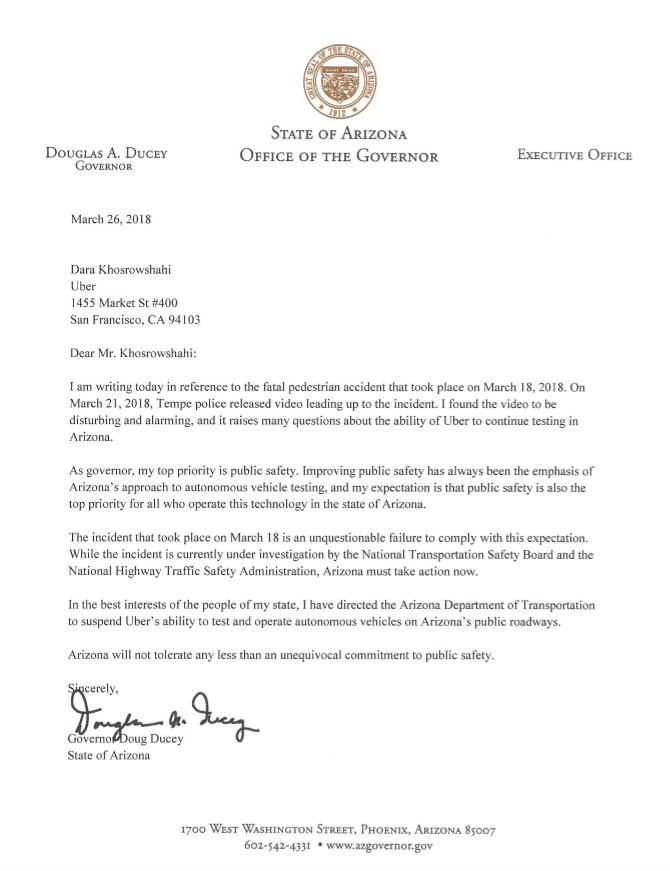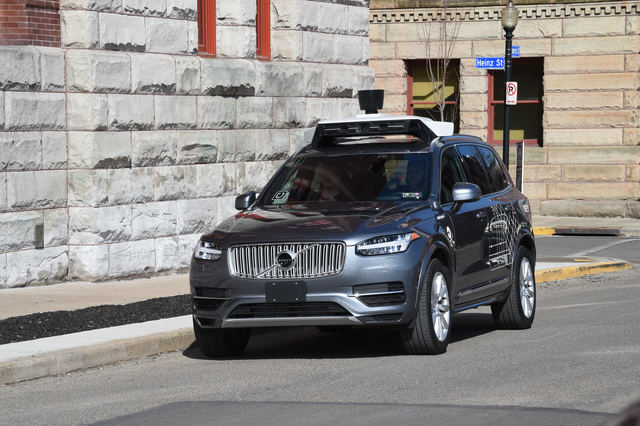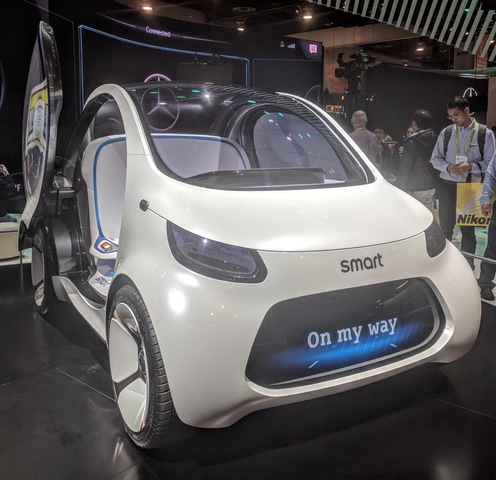NHTSA/SAE's "levels" of robocars may be contributing to highway deaths
Submitted by brad on Mon, 2018-04-09 13:35The NHTSA/SAE "levels" of robocars are not just incorrect. I now believe they are contributing to an attitude towards their "level 2" autopilots that plays a small, but real role in the recent Tesla fatalities.




 In particular, I want to examine what could go wrong at any of these points, and what is not likely to go wrong.
In particular, I want to examine what could go wrong at any of these points, and what is not likely to go wrong.




 He hoped for solar charging, but most hikers like to hike under cover away from the burning sun. The robot probably wants to be electric since nobody wants a loud engine on a pack robot on the trail. That's a problem.
He hoped for solar charging, but most hikers like to hike under cover away from the burning sun. The robot probably wants to be electric since nobody wants a loud engine on a pack robot on the trail. That's a problem.